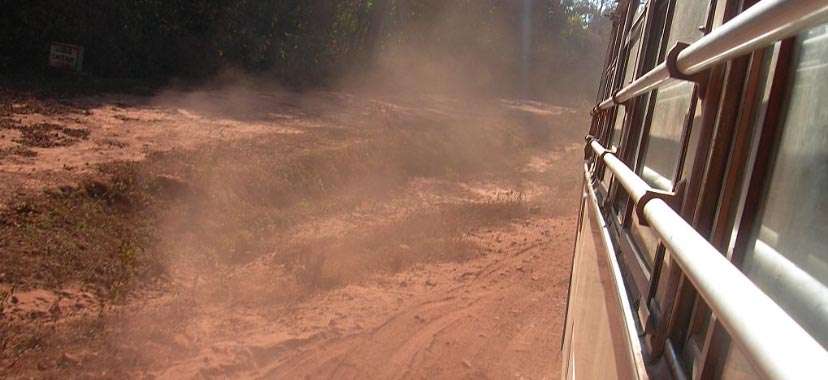
Road dust in urban areas is not just a nuisance but also a significant environmental health concern. As cities continue to expand, the challenge of managing road dust becomes more acute. It affects air quality, contributes to pollution, and can exacerbate respiratory conditions among city dwellers. Addressing this issue effectively requires a multi-faceted approach. Here are practical strategies that can help reduce road dust in urban environments.
Regular Street Cleaning
Implementing a regular and systematic street cleaning program is one of the most direct methods to control road dust. Municipalities can deploy street sweepers that not only pick up litter but also fine particles that accumulate on roads. Frequent cleaning is particularly important in areas with high vehicle traffic and during dry seasons when dust is more likely to become airborne.
Paving Unpaved Roads
Unpaved roads are a major source of dust in urban environments. Paving these roads with asphalt, concrete, or even low-cost alternatives like gravel or recycled materials can significantly reduce the amount of dust produced. For areas where paving might not be immediately feasible, treating surfaces with water, salts, or non-toxic chemical stabilizers can temporarily bind dust particles and prevent them from becoming airborne.
Vegetation Barriers
Planting trees and shrubs along roadways acts as a natural barrier for dust particles. Vegetation not only traps dust but also helps to improve overall air quality by absorbing pollutants. Strategic placement of green belts around high-traffic areas or construction sites can markedly reduce the dispersion of road dust into residential or commercial areas.
Reducing Vehicle Speeds
The velocity of vehicles plays a crucial role in dust generation. High speeds stir up more dust from the road surface. Imposing and enforcing lower speed limits, especially in dust-sensitive areas such as near schools, hospitals, and residential zones, can effectively decrease the amount of road dust circulated into the air.
Encouraging Public Transportation and Non-Motorized Transport
Reducing the number of vehicles on the road directly decreases the amount of dust produced. Cities can promote the use of public transportation, cycling, and walking by improving infrastructure such as bus lanes, bicycle paths, and pedestrian zones. Not only does this strategy reduce road dust, but it also minimizes traffic congestion and lowers overall vehicle emissions.
Construction Site Regulations
Construction activities are significant contributors to road dust. Regulating these sites to ensure they employ dust control measures can curb dust emissions. Mandatory use of dust screens, keeping construction material covered, and regular wetting of the site can control dust dispersion. Additionally, cleaning the wheels of vehicles leaving construction sites prevents the spread of dust onto public roads.
Usage of Dust Suppressants
Applying dust suppressants can be a quick and effective way to reduce road dust. These are generally liquids applied to the surface that create a crust or increase the moisture content of the road, binding dust particles together. Choices range from simple solutions like water to more sophisticated organic and chemical binders. The selection of an appropriate dust suppressant depends on environmental considerations, traffic patterns, and climate conditions.
Community Awareness and Involvement
Educating residents and businesses about the sources and impacts of road dust can foster community cooperation in dust reduction efforts. Communities that understand the implications of road dust are more likely to support and participate in mitigation strategies. Additionally, involving local communities in planning and feedback processes can enhance the effectiveness and acceptance of proposed measures.